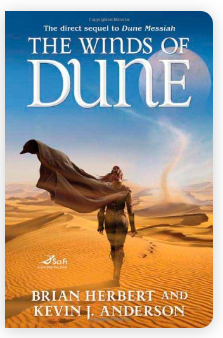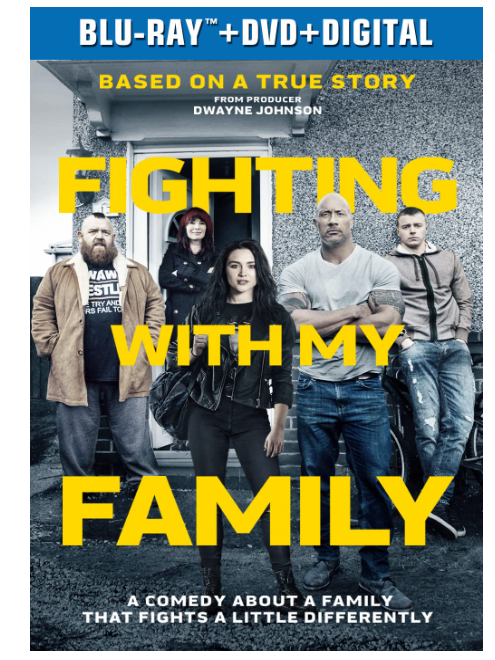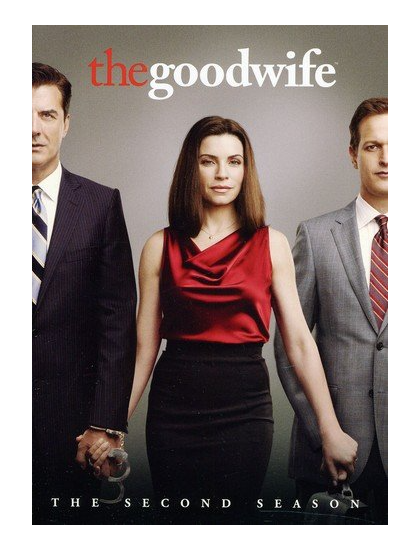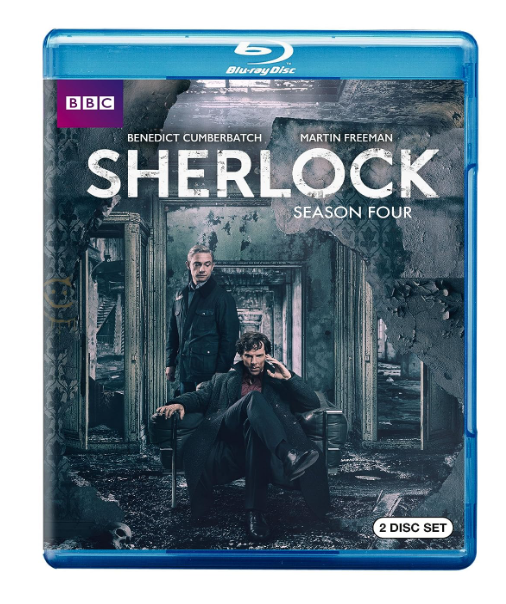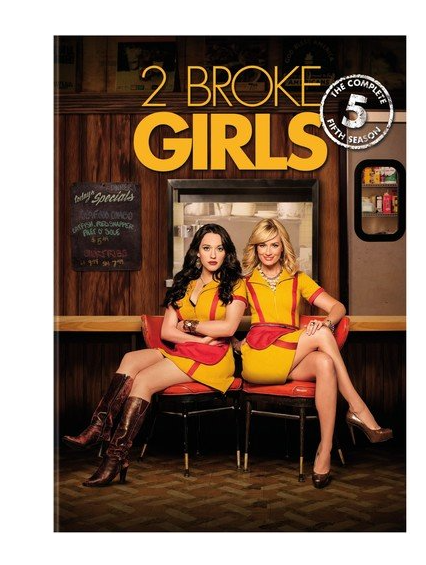Back to the Future: The Ultimate Trilogy is a box set containing the three Back to the Future movies: the iconic 1985 original film starring Michael J. Fox, Christopher Lloyd, Lea Thomson, Crispin Glover, and Tomas F. Wilson in the main roles and Claudia Wells, James Tolkan, Wendie Jo Sperber, Billy Zane, and Marc McClure in the primary supporting roles; 1989's follow-up Back to the Future Part II, which brought back Fox, Lloyd, Wilson, and Thomson to reprise their roles with Elisabeth Shue replacing Claudia Wells as and Jeffrey Weissman replacing Crispin Glover (and includes Elija Wood's first acting credit in a very small role); and 1990's Back to the Future Part III, which added Mary Steenburgen to the cast. All three movies were written by the duo of Robert Zemeckis (who also directed all three films) and Bob Gale (who was an executive producer on all three movies).
Chances are, most people know the plots of the movies, but for anyone who does not, in the original film, a local scientist in the fictional town of Hill Valley, California, named Emmit "Doc" Brown (Lloyd) invents a time machine in 1985 that he built into a Delorian. A local teen named Marty McFly (Fox), who has befriended Doc Brown, helps him film the first time travel experiment, which is interrupted by Libyan terrorists from whom Doc stole Plutonium to power the time machine, and during which Marty is transported back to 1955. In 1955, Marty accidentally interrupts his parents' (Glover and Thomson's) first meeting, causing his mother to fall in love with him, which starts erasing his existence. Marty must help his parents get together, deal with the town bully, Biff Tannen (Wilson), and get the younger version of Doc Brown to help him get back to 1985. In the 1989 sequel, Marty, Doc, and Marty's girlfriend, Jennifer (played by Shue), first travel to 2015 to prevent Marty's son (also played by Fox) from doing something criminal with Biff's grandson, Griff (also played by Wilson). Biff steals the time machine in the future and travels to the past to give himself a sports almanac so that his younger version can use it to bet on every major sporting event, making him a millionaire in a new version of the future. Marty and Doc then have to go back to 1955, into the events of the first movie, to get the book back from young Biff and restore the timeline; in the 1990 conclusion to the trilogy, Marty has to travel back to 1855 to rescue Doc from the old west.
The 4K set is a six-disc set containing three UHD discs (one for each movie) and three regular Blu-Ray discs (also one for each movie). The 4K discs and the regular Blu-Rays have the same content, the movie and the bonus material. There are hours of bonus content for each movie. The bonus material includes archived behind-the-scenes material shot while the movies were being filmed, material created for the original DVD release, and material filmed in 2010 for the original Blu-Ray release. No new bonus content has been created for the 4K release. The extras include deleted scenes, a three-part documentary called Tales from the Future, which features interviews with the cast and crew, promotional material, the trailers, and more. Each movie also has two commentary tracks, one featuring a Q&A session with Zemeckis and Gale at USC, which plays for a portion of each movie. The longest is in the first movie, and the shortest is in Part III. Then, each movie has a feature-length commentary track with Bob Gale and another producer, Neil Canton. What knocks the set down a star for me is the packaging. It comes in a nice-looking digibook case, but the discs are all in tight slip notches, which makes them hard to get out and susceptible to scratching.
The three movies are well-written and very well-acted. Even though the first movie is nearing 40 years old, it (and the sequels) hold up reasonably well. The bonus features offer a lot of insight into the filming process, including how Michael J. Fox came on board (he was initially not going to be allowed to film the movie by the showrunners of Family Ties, which was the wildly popular 1980s sitcom he starred in), the firing of Eric Stolz who was originally hired to play Marty when Fox was allowed to film the movie, and the producers side of why Crispin Glover did not return for the sequels (they claimed he was making unreasonable demands because he did not like how the first movie ended). There is no discussion of Glover's lawsuit because of the use of archival footage featuring him in Part II. There is also an interesting insight into how they envisioned what things would be like in 2015. Gale said they were trying to think of the most unrealistic things they could (hence flying cars and hoverboards), which makes things they got right (e.g., biometric identification and locks, video conferencing/calling, etc.) even more impressive. It is interesting that they thought fax machines would be prevalent and that every home would have multiple fax machines.
While it is easy to think that the movies are totally derivative of each other (and they do recycle some jokes in all three movies), they are really very different. In the first, Marty's parents are arguably as important to the story as Marty is, and the story is about George McFly's transformation from a lovable loser to a confident success. In the second movie, Biff is the more important character, and we see the first movie's events from a different perspective. The third movie is about Doc Brown's character, with Marty almost as a supporting character in Doc's story. The movies are mostly family-friendly, although there is quite a bit of swearing (the worst of which is the word "shit") in each film, a couple of cleavage shots of Lea Thompson in Parts I and II, and a butt shot of Michael J. Fox in Part III. While the movies are a bit dated, and some things would probably be changed if they were made today, they generally hold up well and are definitely worth watching, especially for 1980s kids who grew up with the movies.






